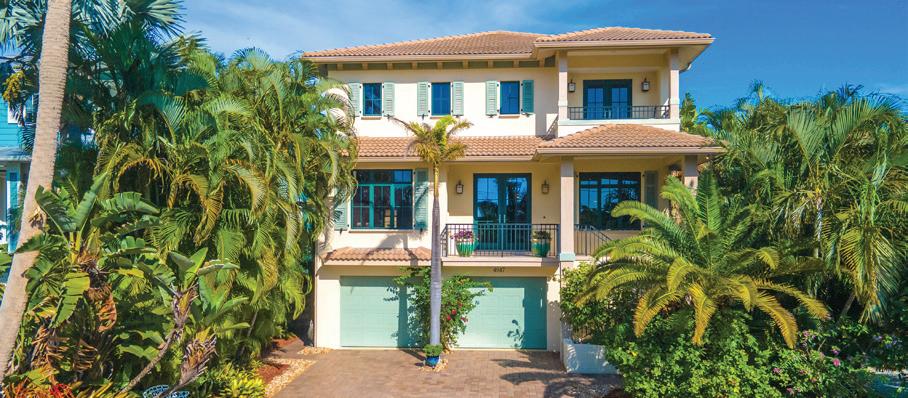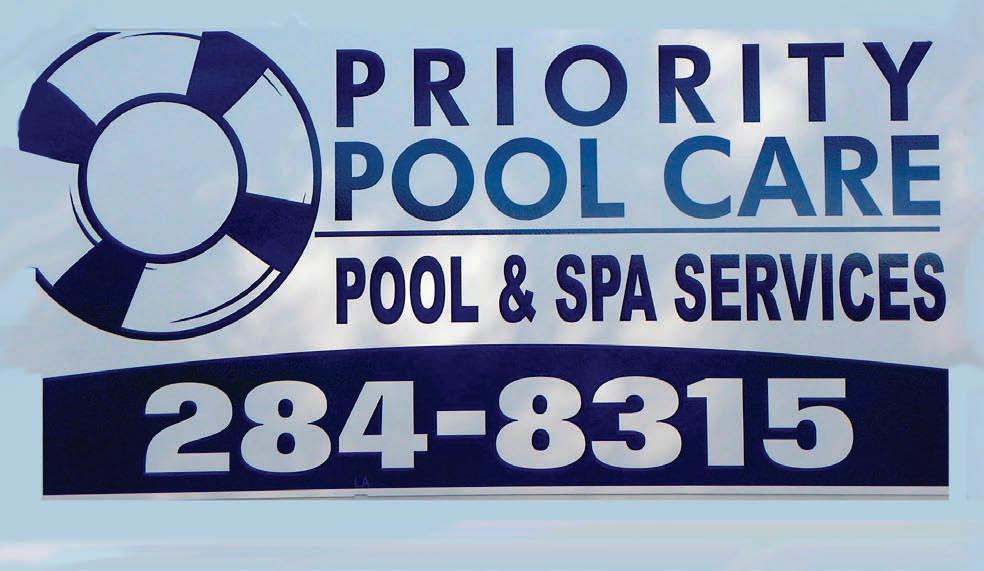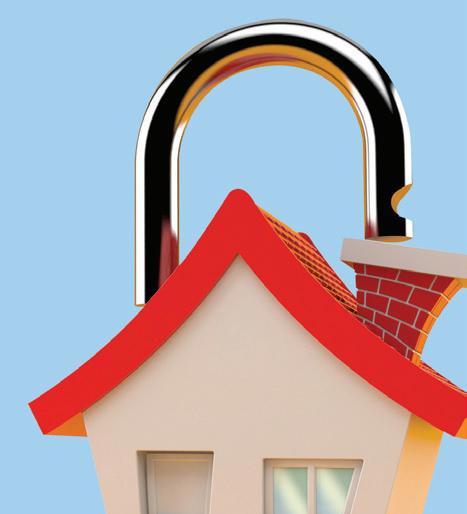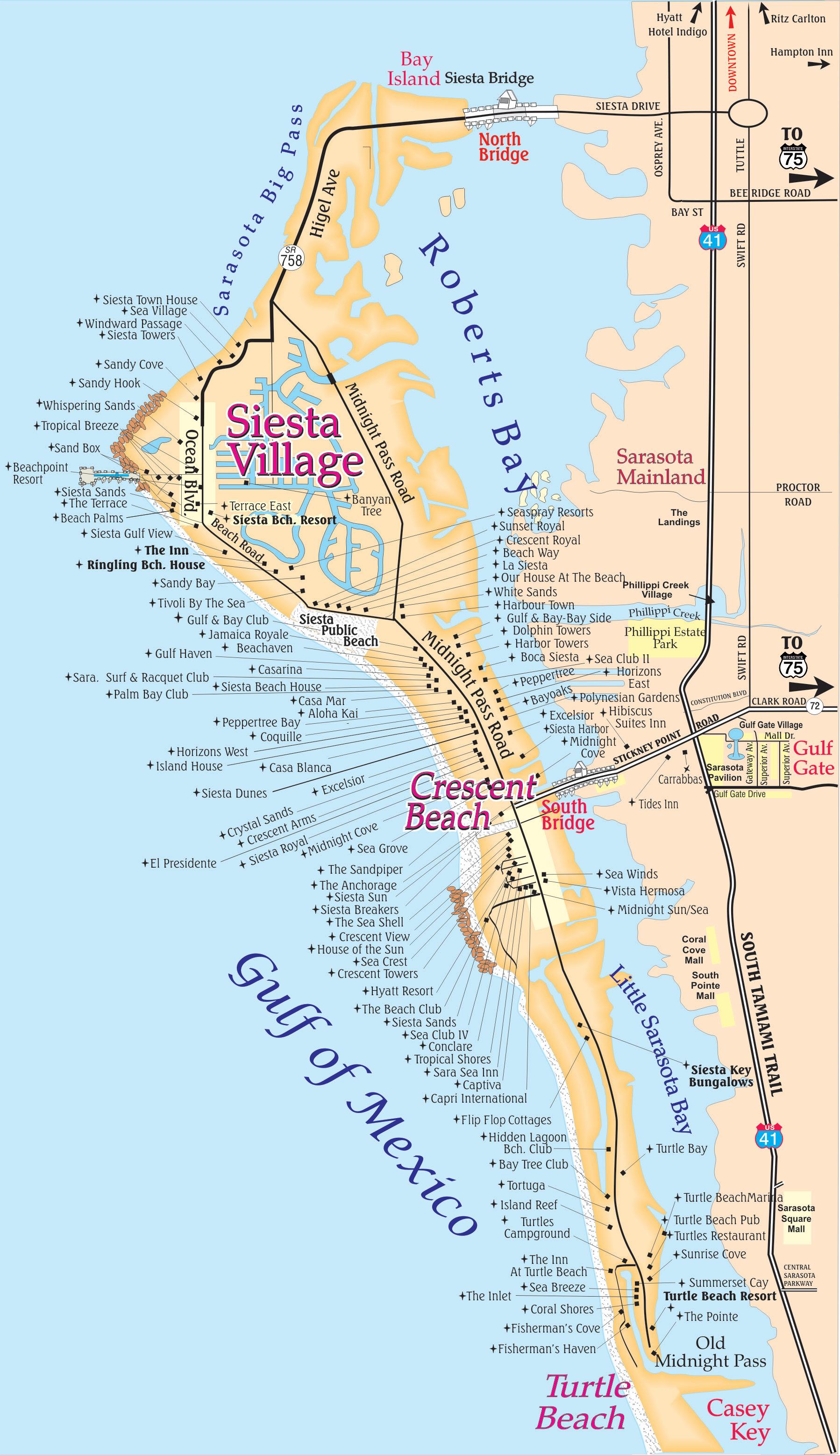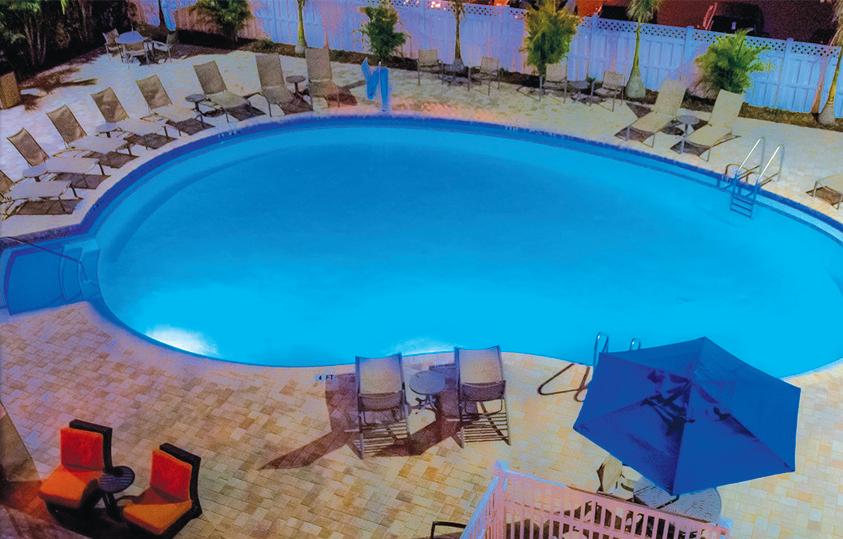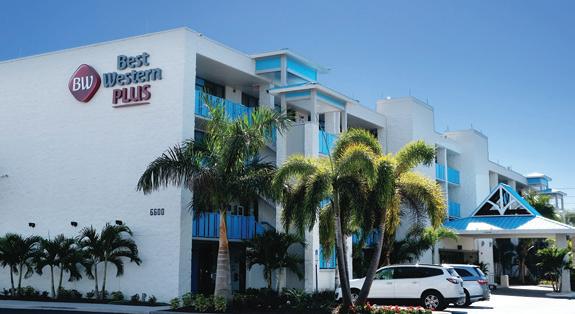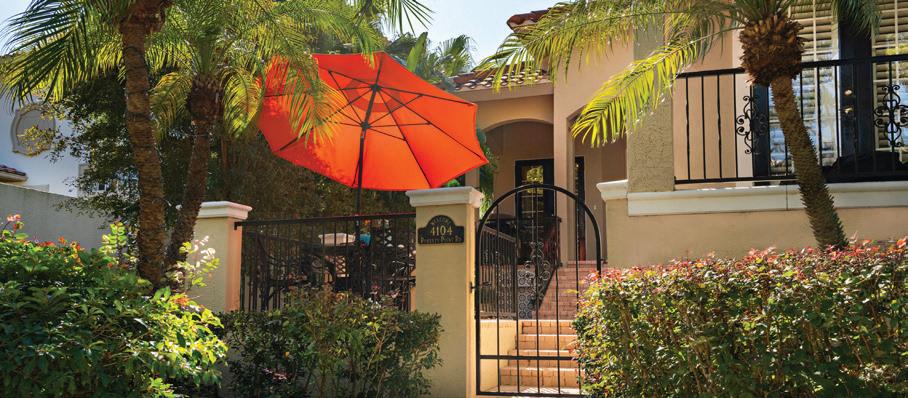
3 minute read
Condo collapse forced Florida to get wise
Big changes are coming to the condo market in Florida.
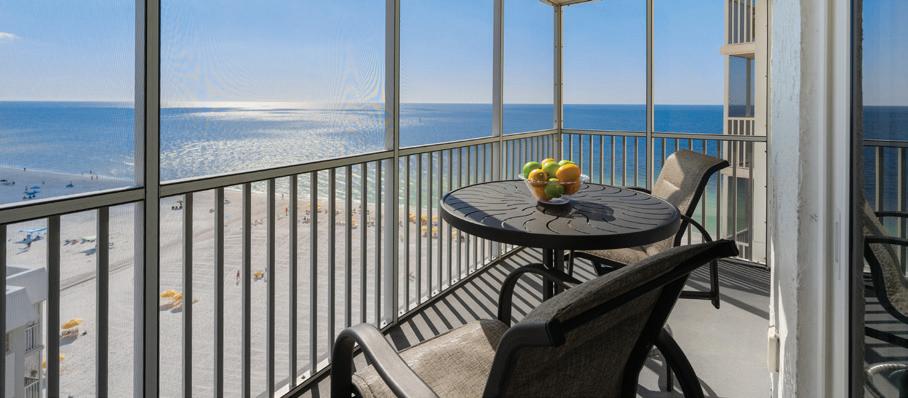

On June 21, 2021 the Champlain Towers South building collapsed in Surfside, Florida -- a suburb just north of Miami. The 12-story, 136-unit condominium collapsed in less than 13 seconds, leaving 98 people dead and 11 injured.
Thirty-six hours before the building fell, a pool contractor found exposed rebar and water on the floor under the pool -- water containing chlorine from the pool. Seven minutes before the collapse, a couple staying in a hotel across the street shot a video of water pouring out from underneath the pool deck.
The building was constructed in 1981, but as early as 1996 the first concrete repairs were required. In a letter from an engineer to the building manager for Surfside, it was stated that “the scope of work will be concrete structural repair in the parking garage.”
The work was completed and certified by the town in 1997. Then, in 2018, engineers conducted the mandatory Miami-Dade 40year building recertification. It was noted in the report that “failed waterproofing is causing major structural damage to the concrete structural slab.” Those repairs were never made as it took the board of the Champlain Towers South Homeowners Association three years to levy the assessment that totaled more than $15 million and, by that time, the building had collapsed.
Federal authorities are conducting an extensive investigation, but their findings aren’t set to be released until the fall of this year. Seaside hired world renowned structural engineer Allyn Kilsheimer to conduct its own investigation. Because of the many pending lawsuits and the federal government‘s investigation, he has had limited access to the evidence and has not published a conclusion.
Although official reports haven’t been issued, some of the theories on the cause of the collapse include insufficient reinforcing steel, corruption during the building process, sinking of the building over time, degradation of the structural integrity caused by construction of a new condominium structure on an adjacent lot, and every homeowner’s worst nightmare: water leaks.
What we do know for a fact is what was published in the Miami-Dade 40-year recertification showing degraded concrete with exposed rebar in areas all over the building. We know the homeowners association knew about the issues and took three years to make any repairs.
Three years is an eternity for water to leak into a concrete structure. It is quite possible this tragedy could have been avoided and 98 lives saved if prompt action would have been taken by the homeowners association. It all boils down to deferred maintenance. This is a term with which condo owners will soon be quite familiar.
So, what took so long? This same issue was happening at hundreds of other condo complexes all over Florida. Maintenance is desperately needed to ensure the structural integrity of a building, but it would get voted down by homeowners not willing to foot the bill -- thus the term “deferred maintenance” became prevalent.
The tragedy at the Champlain Towers forced the state to address the issue. Florida law now requires condominium associations with structures three stories or higher, having been occupied for 30 years or more or 25 years or more if within three miles of the coast, to conduct a “milestone inspection” and a “structural integrity reserve study.” The initial inspections must be completed by Dec. 31, 2024 and will be required every 10 years thereafter.
The first bill addressing the the problem was voted into legislation in 2022, but was revised in this past session to address some issues that have presented themselves since the bill’s first passing. The updates allow local officials to extend the December 2024 deadline if the condo association is under contract with an architect or engineer but is unable to complete the inspections before that time.
Many residents in condominium and cooperative buildings have complained to their legislative representatives that they are unable to afford the upcoming assessments and will probably have to sell. Unfortunately, dancing around that issue seems to be the root cause of the problem. Going forward, that won’t be a choice in Florida.

This has caused sweeping changes in the condo market in our state. Under the new law, when a condominium or cooperative trades, the seller is now required to provide copies of the milestone inspection and structural integrity reserve study if they have been completed. When we show condos now, the first thing we ask is if the inspections have been conducted and the results received. Condo buyers are far more likely to purchase in a building in which the inspections have been completed as they
Natalie’s Numbers
are able to make a more informed decision regarding future expenses. If the inspections have not been completed, the upcoming assessments are completely unknown. There could be none, or it could be thousands.
Many of the high rises here on Siesta Key have completed their studies and had little to no repairs required. The associations that have made the hard choices over the years and levied the assessments needed for ongoing maintenance are the ones that seem to have less work required as a result of these studies.

Thankfully, we have great choices in the condo market here. However, I always recommend doing your homework.
Stay sunny, Siesta!
(Natalie Gutwein, a Siesta Key resident, is a licensed Realtor with Sotheby’s International Realty’s Judie Berger Team and is also a member of the board of directors of the Siesta Key Association civic group.)



